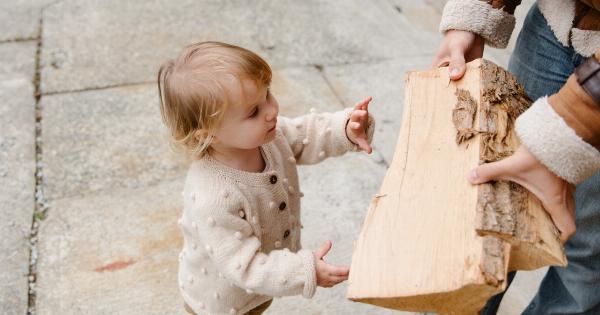Sleepiness and dreaminess can be influenced by various factors, including the seasons. As we experience the changes in weather and daylight throughout the year, our sleep patterns and dreaming experiences may also be affected.
In this article, we will explore how different seasons can impact our sleep, dreams, and overall well-being.
Winter: Embracing Coziness and Longer Nights
During the winter season, the days become shorter and the nights longer. This decrease in daylight can lead to an increased feeling of sleepiness.
The lack of sunlight affects our body’s production of melatonin, a hormone that helps regulate sleep-wake cycles. As a result, we may find ourselves feeling more tired and inclined to spend longer hours in bed.
Dreams during winter often reflect the cozy and comforting atmosphere associated with this season. People often report dreaming about warm fires, snow-covered landscapes, and holiday festivities.
The dream content can vary based on individual experiences and personal associations with winter activities.
Spring: Awakening and Rejuvenation
Spring brings a sense of renewal and rejuvenation as nature starts to awaken from its slumber. With daylight hours gradually increasing, our bodies receive more exposure to natural light, leading to a reduction in sleepiness.
This increased exposure to light helps regulate our circadian rhythm, keeping us more alert and energized during the day.
Dreams during spring may reflect a sense of new beginnings, growth, and increased vitality. People often report dreaming about blooming flowers, green landscapes, and outdoor activities.
The dreams can symbolize the rejuvenation that comes with the arrival of spring.
Summer: Long Days and Restless Nights
Summer brings longer days and shorter nights, which can disrupt our sleep patterns. The increased exposure to sunlight during the evening can delay the onset of melatonin production, making it harder to fall asleep at night.
Additionally, higher temperatures during this season may interfere with our ability to stay comfortably asleep, leading to restless nights and increased sleepiness during the day.
Dreams in summer can be influenced by the heat and vacation vibes associated with this season. People often report dreaming about beaches, swimming, travel, and outdoor adventures.
The dreams may represent our desire for leisure, relaxation, and exploration during the summertime.
Fall: Preparing for Change
As summer comes to an end, the autumn season signals a time of change and preparation. The decreasing daylight can trigger an increase in sleepiness as our bodies receive less natural light.
The transition from the warm summer months to cooler temperatures also impacts our sleep patterns, with some individuals experiencing difficulty adjusting to the change in weather.
Dreams during fall often reflect themes of change, nostalgia, and introspection. People may dream about falling leaves, harvests, and back-to-school experiences.
These dreams can symbolize the transition from one phase of life to another and the need for adaptation and self-reflection.
Conclusion
The seasons play a significant role in our sleepiness and dreaminess. Winter brings cozy nights and dreamscapes filled with warmth, while spring signifies renewal and energizing dreams.
Summer can lead to restless nights and dreams of vacations and outdoor fun. Fall brings change and introspective dreams. Understanding how the seasons affect our sleep and dreams allows us to adapt and optimize our rest, ensuring we wake up refreshed and ready to embrace the beauty of each passing season.





























